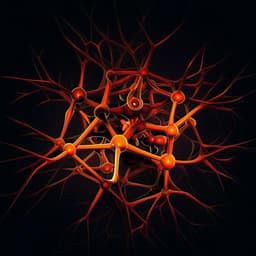
Psychology
Attentive brain states in infants with and without later autism
A. Gui, G. Bussù, et al.
This study by Anna Gui, Giorgia Bussù, Charlotte Tye, Mayada Elsabbagh, Greg Pasco, Tony Charman, Mark H. Johnson, and Emily J. H. Jones explores how brain engagement in social settings influences learning and development in infants, especially those at risk for ASD. Findings reveal key differences in brain response patterns that predict social skills, shedding light on neurodevelopmental mechanisms of ASD.
~3 min • Beginner • English
Related Publications
Explore these studies to deepen your understanding of the subject.







